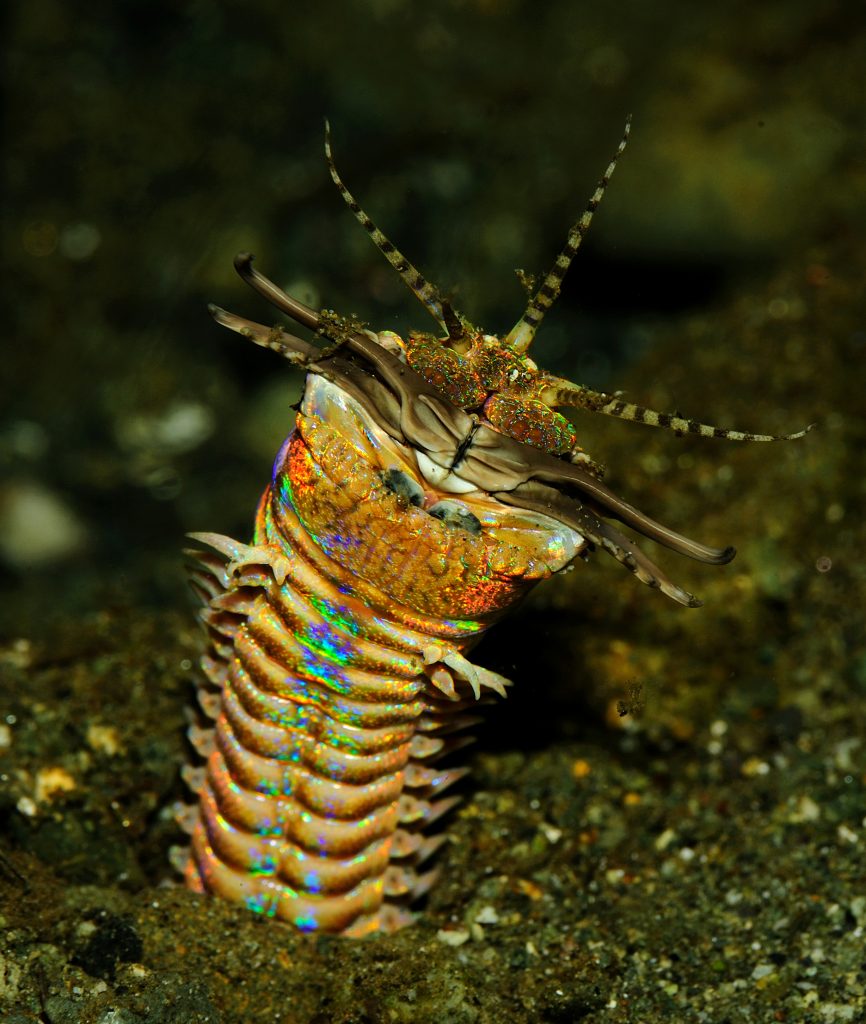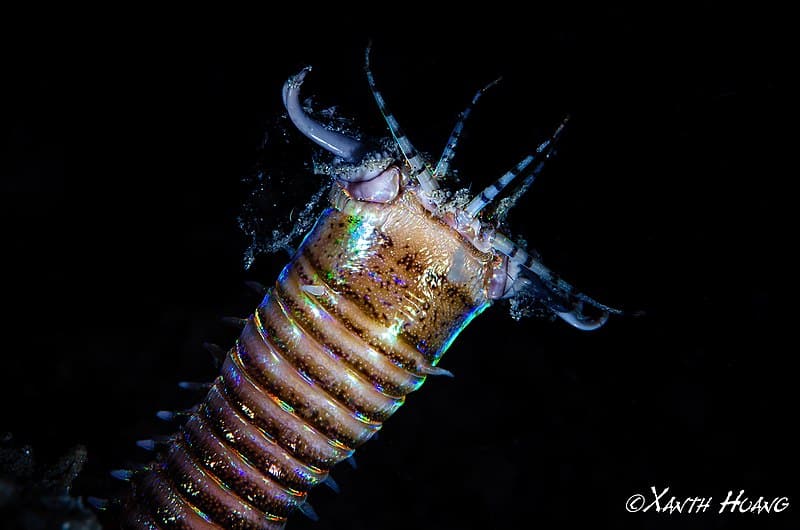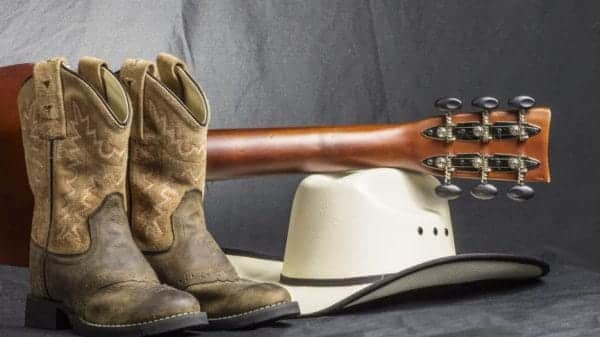Sometimes, the internet reveals a natural phenomenon that extends far beyond our nightmares. Buried under the shallow seafloor throughout the Atlantic, Pacific and Indian oceans is Eunice aphroditois (the Bobbit Worm): a fearsome, predatory worm that erupts out of the ground and captures its prey in a deadly snap of its jaws. Receding back into burrow, the captured prey is left to be consumed (or to suffocate) in the ground. The “Bobbit worm” is a mysterious creature whose habitat and behavior are completely unknown to scientists. However, a new fossil discovery found in Taiwan might shed some light on a 20 million-year-old ancestor of the Bobbit worm.
Several Earth scientists, including Dr. Yu-Yen Pan from Simon Fraser University and Dr. Masakazu Nara from Kochi University’s Department of Biological Sciences, have published their findings of a new ichnogenus, or ancient ancestor, of the Eunicidae Family: Pennichnus.
The Bobbit worm is a member of the Eunicidae Family. Eunicidae, a family of “marine polychaetes” (or large, aquatic worms), are characterized by their immense length, segmented bodies and sharp teeth (“denticulated maxillae”).
Also dubbed “The Sand Striker,” E. aphroditois relies solely on the antennae attached to its mouth to locate its prey. Without eyes or a brain, they feed blindly only when their antennae is triggered by movement.
When Planet Earth II aired on BBC Earth in 2016, viewers caught their first look at The Bobbit worm, ambush predators that are among the largest in the Eunicidae Family. When this worm is fully grown, it can reach up to 3 meters, or 9.81 feet, in length and about 2 centimeters around.

Located off of the coast of modern-day Taiwan, Earth scientists discovered a fossilized burrow of a potential ancestor to E. aphroditois.
“The morphology of Pennichnus suggests that the trace maker was a large, slender organism that supported the burrow with its body, similar to how polychaetes do,” Professor Ludvig Löwemark, et al. postulated. “In addition… These morphological features of Pennichnus are consistent with the activities of an ambush predator, and hence, we hypothesize that giant polychaetes, such as Bobbit worms, are the most probable trace makers.”
The burrows appeared to be partially damaged after each ambush, as shown by the “collapsible feather-like structures found in the trace fossils.” However, the worms would repair the walls with the mucus they secreted, enriching the soil near the top of the burrow with high iron concentrations.
With this fossil discovery, Biologists hope to learn more about this mysterious creature either through fossils or by studying its modern-day predecessor.
Check out this clip to see the Bobbit worm in action! It is absolutely horrifying but completely fascinating.














